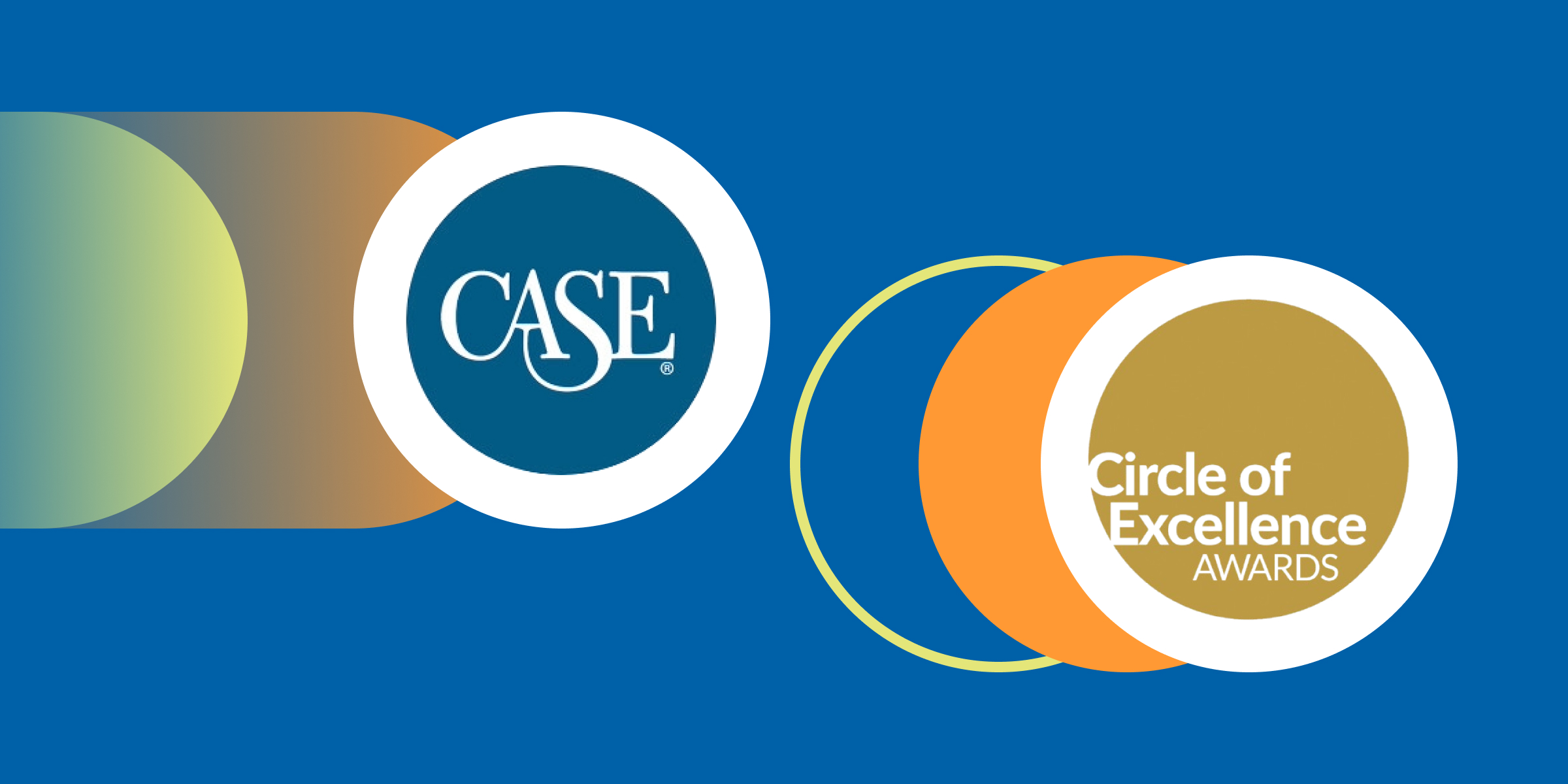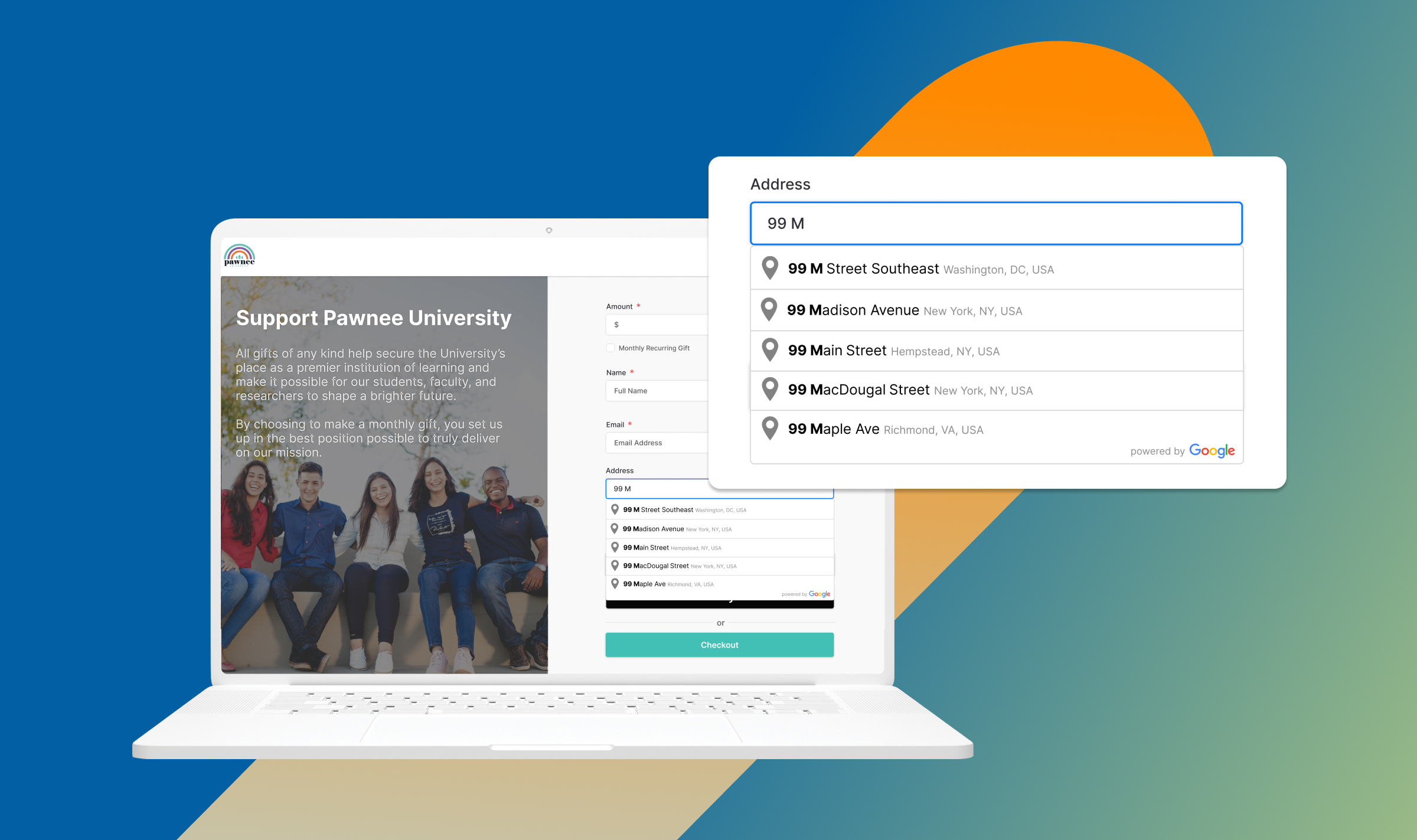Building a Culture of Philanthropy
It seems like everyone in educational fundraising is talking about building a “culture of philanthropy.” But what does that really mean? And how do you actually achieve it?
At its core, a culture of philanthropy is an environment in which everyone—advancement teams, teachers, students, parents, staff, and alumni—has a role to play in raising funds to support a shared mission.
A truly engaged community that’s rooted in philanthropic values is a life force: the heart and soul of everything your institution does. It’s powerful, self-sustaining, and enables entirely new possibilities.
So how do you achieve it?
Like most things worth doing, it doesn’t happen overnight. Cultural evolutions can take years, especially in educational fundraising where advancement staff move between schools so frequently.
Think about building a culture of philanthropy as a journey rather than a destination.
The first step of that journey is to think about how your institution views your community. Many schools think in terms of silos: donors, alumni, faculty, staff, students, etc. And they engage with these siloed groups very differently. Messaging often flows at them rather than between them, eliminating the chance to share a common experience.
The reality is an institution has one community.
From entry-level to leadership, from first-year students to millionaire alums, everyone in your community has a role to play and should have equal opportunity to engage, contribute, and share. One donor making a major gift means nothing without everyone else doing their part.
The next step is to ensure that your school’s mission is front and center and top-of-mind. It should inform everything you do—and every member of your community should be on the same page.
Reaffirming this narrative gets people excited. It reminds them why they do what they do and it helps them continue the conversation with their peers and the larger community beyond your institution. There are many ways to showcase your mission: including it in email signatures, featuring it in the header of your website, and—best of all—living it through your language, brand, and actions.
While the following two articles speak to the importance of mission in the private sector, they’re every bit as relevant to non-profits and certainly worth a scan if you’re looking for ways to make your community more mission-minded: How to Connect Employees With Your Company’s Mission and Are your employees engaged with your company values?
Once you’ve removed the silos and gotten everyone working toward a shared goal, you’ve essentially laid the groundwork for building a culture of philanthropy. Now it’s time to add some support columns. There are five you should focus on as you rally your community.
1. Be inclusive
Every part of your fundraising strategy should be inclusive. Break down the silos and engage your partners in the campus community. Get the advancement office, marketing, donor relations, alumni affairs, and other stakeholders in the same room.
You’ll soon find that being inclusive and working together yields much better results and greater efficiency. Each department is united behind your mission and each can play a role in serving your institution in a complimentary fashion.
It helps if leadership endorses, supports, and encourages this transformation early on. Try to schedule regular meetings between advancement and relevant departments and implement cross-functional projects between team members.
Outcomes and key results, also known as OKRs, are a great way to unite team members around common goals. Check out this overview explaining The Fundamentals of OKRs. This again applies to nonprofits as well as for-profit companies.
2. Be transparent
Successful collaboration is predicated on transparency—and transparency builds trust. No one wants to be included in something they can’t rely on.
Transparency is essential to cultivating a culture of philanthropy because people want to know their capital is being used the way they think it is and that they’re actions are making a difference. It’s true of your colleagues across campus, as well as your constituents, volunteers, class agents, and the donor community at large.
Transparency is also directly tied to authenticity. In today’s world of marketing fatigue, it’s authenticity that rises above the noise.
Recent research by Fidelity Charitable supports this premise especially among younger donors who “place value on authenticity and transparency when choosing the brands and organizations they support” and “are likely to shift their dollars elsewhere if they don’t see real impact.” Of course it’s not just donors who value transparency—we all do. If you want to earn the trust of your colleagues across campus—faculty, staff, students, and other stakeholders—you need to be open and inclusive.
Here is another great resource on transparency for anyone who wants to dive deeper.
3. Give people agency
Agency is the ability to take action or to choose what action to take. Essentially, it’s giving people a voice.
And agency is fueled by inclusion and transparency: no one can truly feel empowered without feeling valued and informed. To build a strong and sustainable culture of philanthropy, you need to give your colleagues and constituents responsibility and equip them with the knowledge and tools they need to participate.
When you empower people within your community to authentically share their stories you create an army of evangelists capable of spreading the word to people you might otherwise never reach. Plus, giving people agency shifts your responsibility from creating stories to curating stories.
This is the very essence of peer-to-peer social fundraising. You give people the agency, autonomy, and tools to advocate and fundraise on your institution’s behalf and they in turn reach out to their own peer networks to amplify your cause. You effectively move from a centralized fundraising model to one that’s decentralized, enabling you to cast a wider net.
The more empowerment you facilitate, the stronger your community becomes over time. A study published by the American Journal of Psychological Research, Power and Empowerment in a Nonprofit Organization, concludes that empowerment has a tremendous impact not only on an individual but on the organization as a whole.
“It’s clear that some of the measures that pull for empowerment have an impact on a better sense of self and that perceived control over one’s work environment can also lead to greater mental health. Yet the results would seem to underscore the importance of power and empowerment in terms of the development of the health of the organization.”
Organizations that empower their stakeholders improve the confidence and mental health of individuals, the overall health of the organization, distribute the work of fundraising, promote authentic storytelling, and reduce the demand on advancement teams as the only source of funding for small groups.
4. Build collaboration across campus
When groups collaborate effectively, individuals build social capital and form bonds, inspiring results that surpass those achieved in a silo. Cross-functional collaboration is most effective because it brings different personalities with different areas of expertise to the table and the result is a more diverse approach to problem-solving.
Administrative and staff collaboration should be focused on three main areas:
- Donor experience: How can you collaborate to provide the best donor experience imaginable?
- Efficiency: How can you collaborate to reduce the level of effort to get the same or better results?
- Innovation: How can you collaborate to pull the best and brightest ideas together and make them actionable?
With an interdisciplinary team, you’re able to explore a wider spectrum of tactics and solutions. It also breaks down the walls that have often separated departments. It informs individuals of what others are working on and adds variety to what can often be tedious and routine work.
In his blog Five Ways to Get Extraordinary Results from Collaboration, Harbrinder Kang explains five actions you can take to foster inter-departmental bonds within an organization:
- Build relationships and networks that lead to trust
- Turn human interactions into results
- Evolve the culture for productive collaboration
- Balance decision-making and consensus-building
- Leverage patterns of collaboration
Staff, faculty, students, and other stakeholders should also be encouraged to become philanthropists in the spirit of collaboration. After all, why should someone give to an organization stakeholders aren’t willing to support? And support doesn’t have to be measured in dollars. Participation is support—and it’s every bit as valuable.
5. Show your appreciation
Everything from a constituent sharing a story, to a donor showing generosity, to a brilliant idea produced by a cross-functional team is reason to celebrate—and show your appreciation.
The most effective stewardship puts people in front of their peers and specifically highlights their actions. By widely acknowledging the behavior of an individual or group and demonstrating the impact of their contribution, you create a higher likelihood that others will seek to emulate the experience.
Good stewardship is authentic, impactful, and delivered in a meaningful and personal way. Here are some examples:
- Acknowledge volunteers and advocates and their impact in an internal memo, campus newspaper, social media post, mass email, or via personalized video.
- Host an award ceremony where you recognize individual and group achievements (e.g., most clicks, gifts, and dollars raised by an advocate, first campaign to attract from X new donors, largest team collaboration, most creative outreach, etc.)
- Take out an ad in a local newspaper or leverage digital advertising purely to acknowledge donors big and small for their contributions.
- Have a post-campaign pizza party for everyone who volunteered during your annual giving day.
- Create a month of donor recognition and publicly thank 10 donors each day.
Celebrate in any way that emphasizes the things that are meaningful to your community. Celebration reminds us that we’re human and helps us appreciate one another for the important roles we each play.
Summary
If you have a desire to build an engaged culture of philanthropy, understand it will take work—and that you can’t do it alone.
Remember: it’s not an end goal, but a process that needs to be revisited and refined as you go. This article on Holistic Fundraising by Jennifer Harris supports many of the concepts proposed here.
Finally, it’s also important to consider the technology you use to support your institution’s philanthropic efforts. The right platform and technology can help to streamline the fundraising process for everyone—including donors, volunteers, the advancement team, and your many partners across campus.
Investing in fundraising technology purpose built for educational philanthropy will dramatically improve your outcomes now and create a strong foundation for sustainable long-term success.
If you’re interested in seeing a solution built by and for educational fundraisers like you, let one of our fundraising experts walk you through the GiveCampus platform. Book a no-pressure demo with someone who understands what building a culture of philanthropy is all about.




